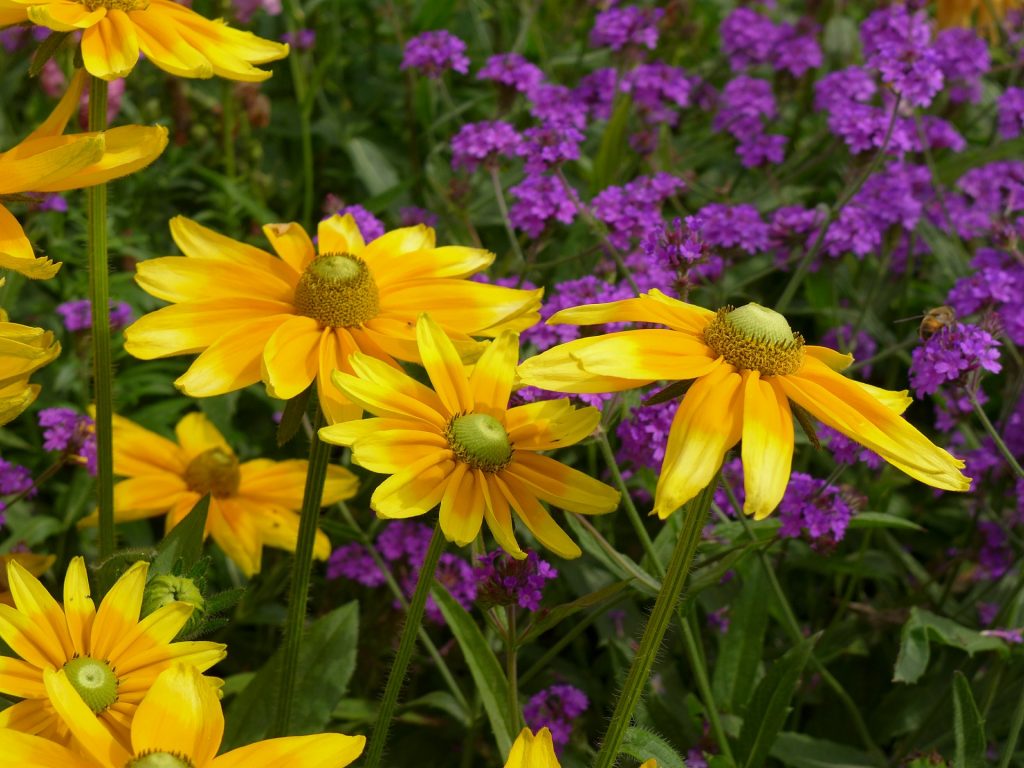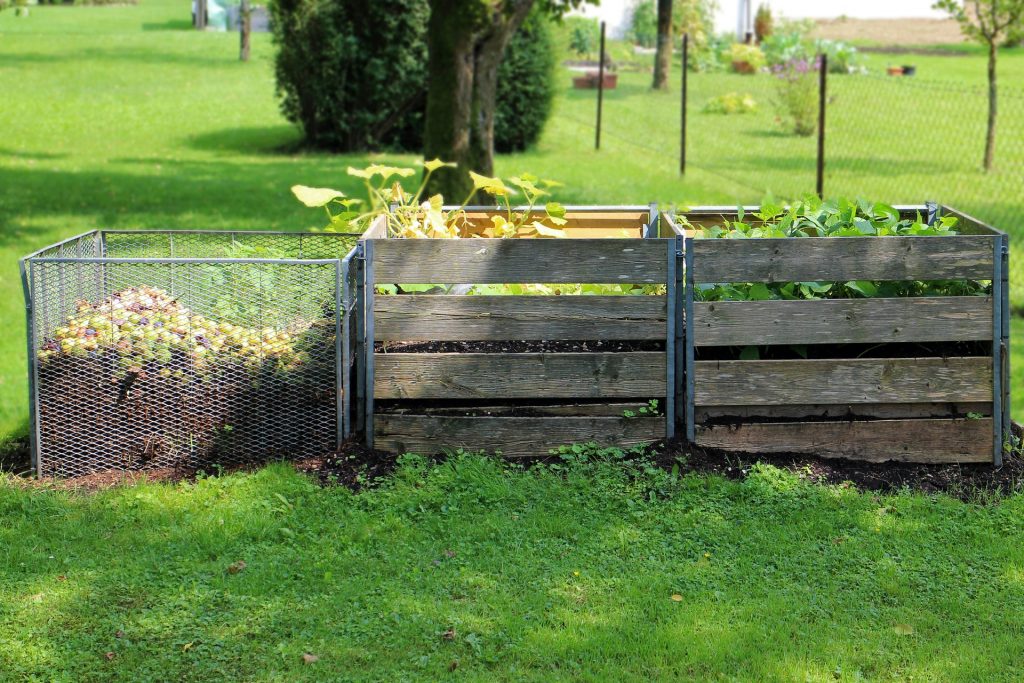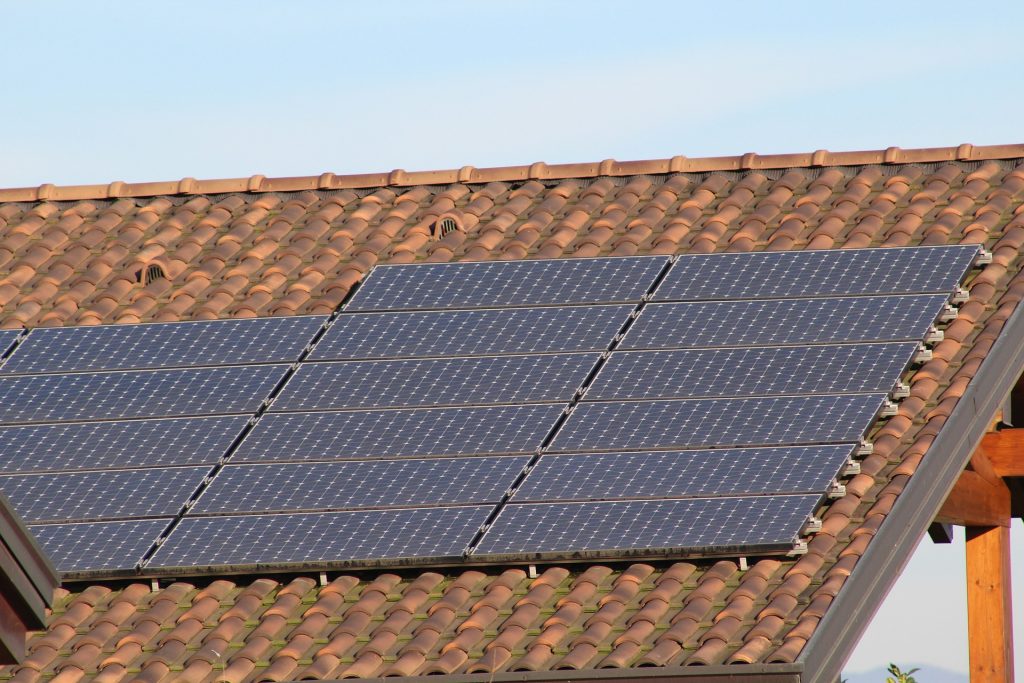Environment-friendly gardening avoids using any synthetic fertilizers, pesticides, or herbicides in your garden. Instead, you harness the power of nature to help create and sustain a beautiful garden providing you with a bounty of fruits, vegetables, and flowers. Other environment-friendly methods like composting, mulching, and using solar lighting improve the garden and make it more attractive. Such a garden is more healthful for you and adds to your sense of satisfaction by helping our planet.
Environment-friendly gardening echoes back to the “Victory Gardens” of the WWII period, when scarcity of fresh produce sources forced people to plant their own personal and community gardens. By 1945, there were about 20 million victory gardens producing about 40 percent of all American vegetables. They were located everywhere – on strips between the streets and sidewalks, in town centers, and even on lots around businesses. While the same sort of shortages don’t exist today, increasing prices for fresh produce and the desire for organic foods have spurred the growth of urban gardens.

Select Well-Adapted Plants for Your Environment-Friendly Garden
It is important to choose the right types of plants for your yard. Use perennials, shrubs, and trees adapted to your climate and soil will help you create a beautiful, low-maintenance garden. Use native plants to cut down on watering requirements. Read up on vegetable varieties to find those most suitable for your climate zone. Carefully check descriptions on seed packets and plant tags to find the best varieties for your needs.
Compost for an Environment-Friendly Garden
Instead of throwing away fruit and vegetable scraps, use composting to turn them into fertilizer for your garden. Add leaves, shredded paper, coffee grounds, and other compostable materials. If you compost throughout the summer and fall, turning your pile frequently, the following spring you will have rich fertilizer to add to your vegetable and flower gardens.

Conserve Water in Your Environment-Friendly Garden
- Mulching your gardens reduces water evaporation around your plants, fights weeds, and builds healthy soil.
- Consider installing a drip irrigation system to conserve water.
- Buy a squeeze nozzle for all of your hoses.
- If you are watering potted plants, use a watering can to reduce water waste.
- Water your lawn and garden during the coolest part of the day — early morning is best – or water at night.
- Water your plants differently, according to their needs.
- Make sure to set sprinklers to water the lawn or garden only — not the sidewalk or street.
- Use a soaker hose or irrigation system for trees and shrubs.
- Sweep outside, rather than using a hose.
Pest Control for Your Environment-Friendly Garden
Any healthy garden will attract bugs, and certain types of bugs and beetles are great for your garden. Ladybugs dine on smaller bugs such as aphids, Colorado potato beetles (in their egg stage), and other insect pests invading your garden. You can order ladybugs and praying mantis egg sacks online to keep bad bugs out of your garden.
If you do decide you need an insect repellent, choose a natural variety with plant-based ingredients that will keep beneficial bugs alive. Products containing garlic will keep away fleas and ticks, as well as other intruders like rabbits, deer, and geese. It also works to keep some varieties of birds away from fruit on your fruit trees.

Environment-Friendly Weed Control
An alternative to weed control is to forego synthetic sprays. To kill tenacious weeds such as poison-ivy naturally, choose a natural version, such as a citrus-based oil, or one made from the fatty acids of plant oils such as cedar and soybean oil. Make sure you look for a spray that is rated safe for children, pets, and the environment.
Environment-Friendly Lawn Care
To get your lawn in ready in the spring, “scalp” your yard. This means lowering the cutting height of your mower to give the lawn an extra-close cut “crew cut.” This gets rid of dead grass and promotes new growth. After this initial cut, fertilize with green manure to add organic nutrients to the soil.
If you need to seed your lawn, check the pH-level with a testing kit from your local nursery or home and garden center. Then determine which grass seed to plant. Remember to take into consideration the amount of available sunlight; if you have a great deal of shade, pick a variety that does without much sunlight.
The best alternative to a gas-guzzling lawnmower is a push mower, which uses your strength, not fossil fuels, to get your grass trimmed. If you must use a gas-powered mower, consider buying a newer model that spews fewer emissions into the environment.
Use Environment-Friendly Solar Lights
Solar lights add beauty and provide safety in your garden. There have many benefits:
- Solar lights can last up to 20 years and generate very low levels of heat.
- They are 90% more efficient than incandescent bulbs.
- Because outdoor solar lights draw their energy from the sun, they don’t add to your electricity bill.
- Unsightly transformers or wiring are not needed.
- You won’t need to hire Professional help to install them.

Solar lights also can add visual interest to water features and highlight special plants and garden features. Many styles are available – water lights, spotlights, animals, flowers, and lights of every size and height, and some with colored or twinkling lights. Putting solar lights along pathways also promotes safety.
Whether your garden is large or small, it is a microcosm of the larger environment. What you do in your own backyard may seem insignificant, but it really does matter. If each of the 82 million gardening households used environment-friendly landscaping and lawn care practices, such as choosing well-adapted plants, watering correctly, mowing and composting, and using natural herbicides and pesticides, the effect on the overall environment would be dramatic. Do your part to keep your garden and our world beautiful and safe.





